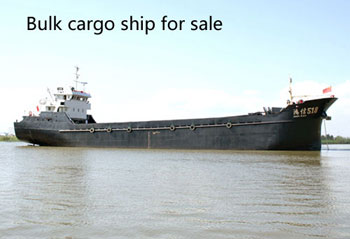 Tyler Durden has been pounding on the Baltic Dry Index plunge story. Here, here and here. I’m fascinated by this. Shipping is the backbone of global trade. So when a big index like this makes a big move in a short period of time there is almost always a message. But what message? One could easily read the drop in BDIY as a warning sign of a slowdown in global trade. Virtually every other barometer is pointing up. With that in mind, I ask the question; Is the BDIY an outlier, or should we be paying attention to what it is saying?
Tyler Durden has been pounding on the Baltic Dry Index plunge story. Here, here and here. I’m fascinated by this. Shipping is the backbone of global trade. So when a big index like this makes a big move in a short period of time there is almost always a message. But what message? One could easily read the drop in BDIY as a warning sign of a slowdown in global trade. Virtually every other barometer is pointing up. With that in mind, I ask the question; Is the BDIY an outlier, or should we be paying attention to what it is saying?
I called a friend in Athens who is in the shipping business. On the question, “Why the drop” I got the murky answer, “It’s a lotta things all at once”. Some specifics he mentioned:
-The floods in Australia have tied up ports and cargos. Therefore there are many ships looking for a load while the country dries out. This puts downward pressure on the BDIY. This is a short-term phenomenon.
-Many new ships have come into service in the past 18 months. This is part of the boom bust cycle in new construction/shipping rates. His words, “There is no shortage of ships today, prices look soft.”
So we have both long and a short-term factors weighing on the BDIY. The short term one is going away, a possible conclusion is we see a bounce in the index soon. On this type of thinking I got this response:
-Maybe, maybe not. The biggest driver in shipping is China. They have been importing all manner of raw materials and finished goods for two years on a massive scale. That trend has slowed markedly in just the past sixty-days. There is no indication that it will resume at anytime soon.
I ask, “Of the three things weighing on the BDIY which is most important?” Answer:
-China trumps everything. It’s not just shipping rates; all the froth in the commodities market is at risk.
This is of course just one mans opinion. Who knows, maybe China will ramp up its infrastructure development again sometime soon. But given that they are going hell bent for leather in the opposite direction to cool an overheated economy I would suggest that a revival of their build-out program is the least likely thing we might see.
There are two basic trades. The Growth Trade and the No Growth Trade. In many areas of the markets (stocks, commodities, currencies and to some extent bonds) the Growth Trade is fully priced in at the moment. When (if) more evidence of a China slowdown comes out it is possible that a fair bit of “air” will have to be released. Nothing like that is in today’s ‘print’.
- Bulenox: Get 45% to 91% OFF ... Use Discount Code: UNO
- Risk Our Money Not Yours | Get 50% to 90% OFF ... Use Discount Code: MMBVBKSM
Disclaimer: This page contains affiliate links. If you choose to make a purchase after clicking a link, we may receive a commission at no additional cost to you. Thank you for your support!


Leave a Reply